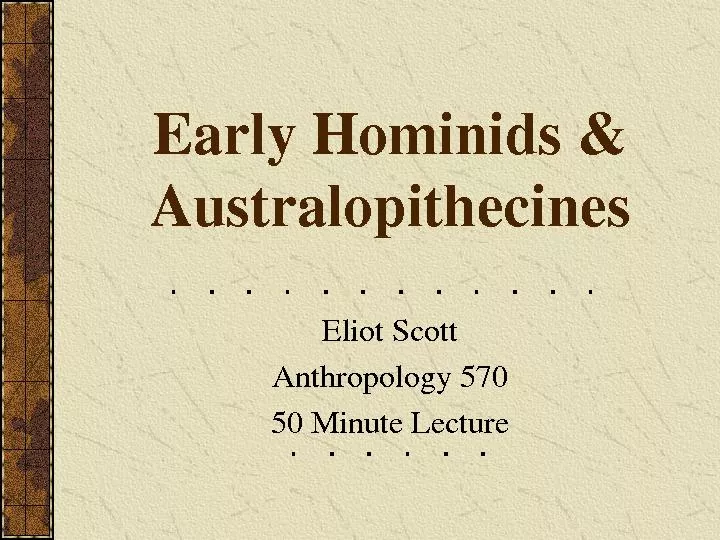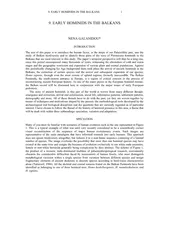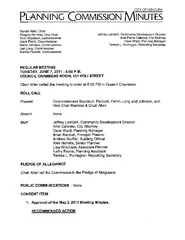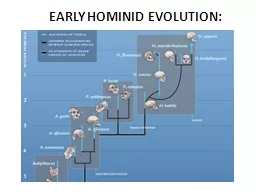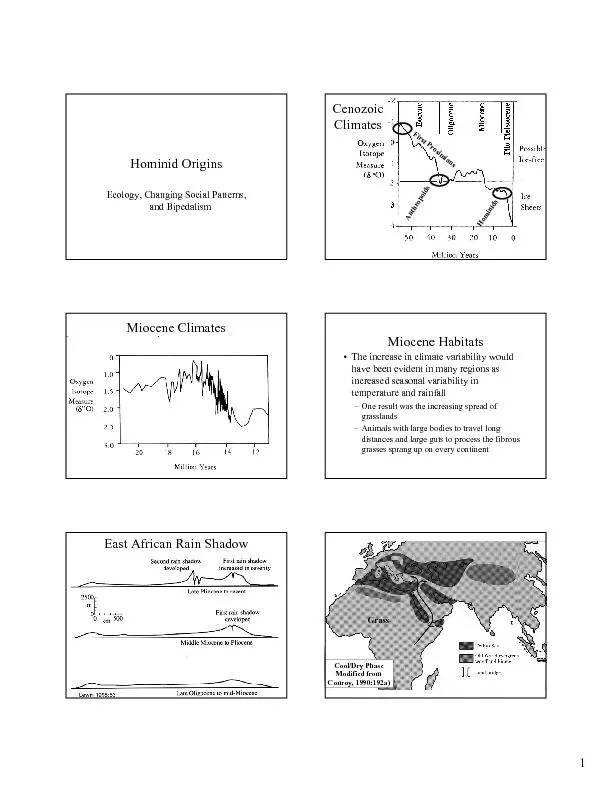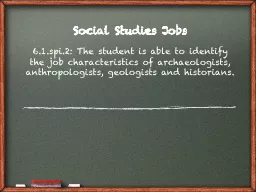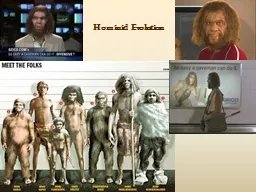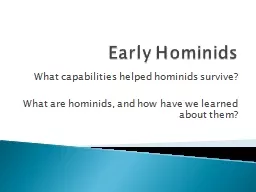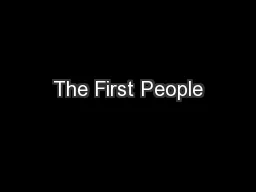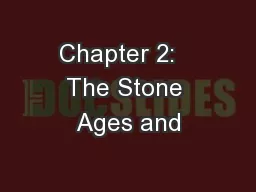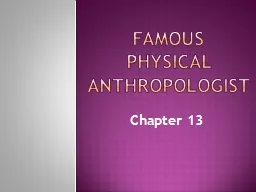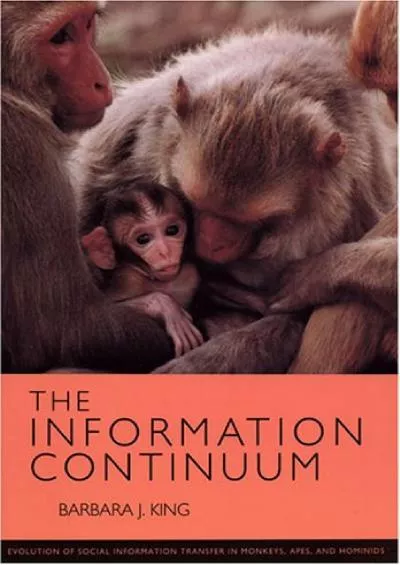PDF-Early Hominids & AustralopithecinesEliot ScottAnthropology 57050 Minut
Author : briana-ranney | Published Date : 2016-04-24
Lecture Outline What Is a Hominid How can we identify one Review Bipedality PostCranial Structure Dentition Cranial Features PreHomoHominid Sites Early Hominids Sahelanthropus
Presentation Embed Code
Download Presentation
Download Presentation The PPT/PDF document "Early Hominids & AustralopithecinesEliot..." is the property of its rightful owner. Permission is granted to download and print the materials on this website for personal, non-commercial use only, and to display it on your personal computer provided you do not modify the materials and that you retain all copyright notices contained in the materials. By downloading content from our website, you accept the terms of this agreement.
Early Hominids & AustralopithecinesEliot ScottAnthropology 57050 Minut: Transcript
Download Rules Of Document
"Early Hominids & AustralopithecinesEliot ScottAnthropology 57050 Minut"The content belongs to its owner. You may download and print it for personal use, without modification, and keep all copyright notices. By downloading, you agree to these terms.
Related Documents

